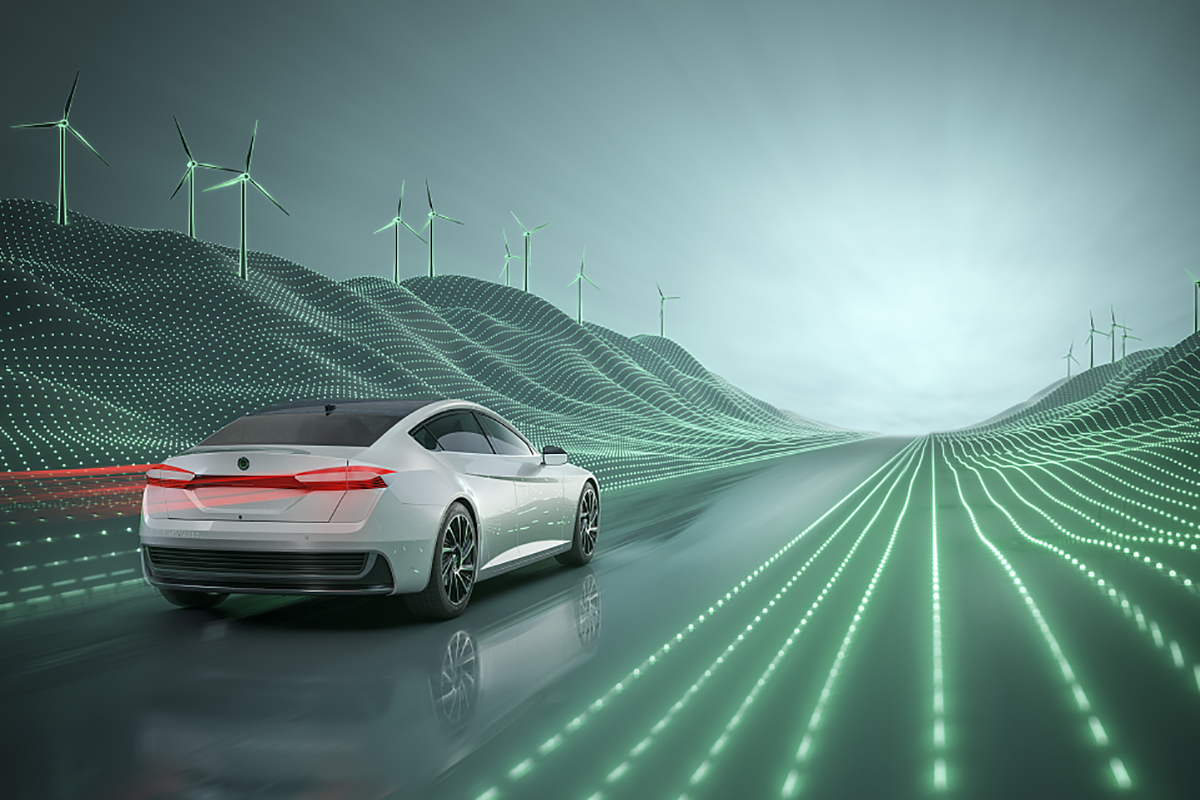
With the increasing global energy shortage and the increasing severity of environmental degradation, energy conservation and emission reduction have made new energy vehicles the development direction of the global automotive industry. New energy vehicles include hybrid electric vehicles (HEV), pure electric vehicles (BEV), and fuels. Battery cars (FCEV), hydrogen engine cars, gas cars, alcohol ether cars, etc.
Compared with traditional fuel vehicles, hybrid and pure electric vehicles have added many high-voltage accessories, such as power batteries, high-voltage power distribution boxes, drive motors, motor controllers, etc. This also puts forward new requirements for automotive cables. Because these cables are arranged in the engine and chassis area of the front compartment, the temperature is high and the space is small, the cables need to be flexible, small turning radius, high and low temperature resistance; secondly, the road conditions are complex, and the cable must have good wear resistance and high mechanical strength; In addition, the speed of the vehicle is high and sometimes low, especially in harsh working conditions such as full-load climbing. The instantaneous high current requires the cable to have a short-term overload capability.
In summary, new energy vehicle cables must have: good electrical insulation properties; thermal stability, weather resistance; corrosion resistance, oil and hydrophobicity, excellent flame retardancy; superior comprehensive mechanical properties, high flexibility and high tear resistance Crack and so on.
At present, there are cross-linked polyolefins and thermoplastic elastomers as insulation materials for automotive power cables. Among them, the cross-linked polyolefin material has a heat resistance of up to 150°C, but the material cable is relatively hard, and it is inconvenient to install in a small car body space, and requires irradiation cross-linking, and the process is complicated, and it is not suitable for large cross-section cables. The heat resistance of the thermoplastic elastomer material does not exceed 125°C, and the temperature level used for power cables is low, and the cable of the thermoplastic elastomer material may be at risk of cracking after long-term use.
Silicone rubber has high and low temperature resistance, ozone resistance, weather resistance and excellent electrical insulation; silicon rubber wire has a large current carrying capacity, saves conductor cross-section, and can meet the requirements of long-term full-load operation; it can meet the requirements of fire resistance by adding flame retardants; High flexibility, easy to install in a limited space; high tear resistance silicone rubber, trousers tear up to 25N/mm. Therefore, silicone rubber materials can make up for their shortcomings while integrating the advantages of cross-linked polyolefin and thermoplastic elastomer materials, and silicone rubber can reduce vehicle weight and carbon dioxide emissions, and is a high-quality choice for automotive power cables.

